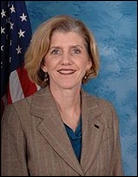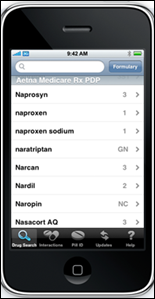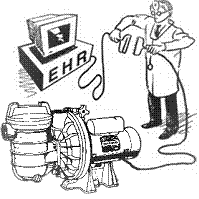News 06/30/09
The AMA and over 80 other physician organizations send David Blumenthal a letter expressing concern over the proposed timeline to demonstrate meaningful use. Some of the challenges noted are the lack of certifiable EHRs for certain specialties and the length of time it requires to fully implement EHR. Also at issue is the migration to HIPAA 5010 transactions and ICD-10.
Rep. Kathy Dahlkemper, chairman of the House Small Business subcommittee on health care proposes a bill to create a new SBA loan program to help doctors in small or solo practices to buy and maintain EMRs. The program would rely on private sector loans of up to $350,000 and $2 million for groups and be 90% backed by the SBA.
The local paper highlights Walla Walla (WA) Clinic’s conversion to Allscripts’ EHR. The 39 physicians paid more than $1 million in start-up costs but believe it is “the right thing to do.” The clinic CIO admits the EHR transition is difficult, saying, “It’s like changing the motor on the car while its driving down the road … and keeping it running good.”
A former business manager is sentenced to 40 months in prison for stealing almost $1 million from her ophthalmologist employers. The Pennsylvania woman submitted bogus payroll information, including claims of working 22 to 32 hours a day, seven days a week. She spent the proceeds on a $1.6 million home, luxury cars, and private college tuition for her children.
Small medical practices provide almost three quarters of the the ambulatory care in the US, according to a recent NCQA report. Smaller groups are more likely to lack the resources to improve quality of care, implement EMRs, and serve an increasingly diverse population.
EHR provider Sevocity announces the the availability of a no-charge interface to Austin Radiological Association’s (TX) radiology reports. In what appears to be a creative strategy to gain market share, Sevocity is offering the free interface to any of its clients. Austin Radiological operates 14 outpatient radiology clinics in central Texas.
The Wall Street Journal highlights the growing use of online communication between patients and physicians. RelayHealth and Medfusion are mentioned as companies offering interactive questionnaires that automatically generate follow-up queries based on the patient’s symptoms.
Two doctors and the former owner of two medical billing companies plead guilty to a money laundering, tax evasion, and fraudulent medical billing scheme to defraud no-fault insurance companies that provide medical benefits to motorists involved in collisions. Among other charges, the group pled guilty to concealing $1 million in income from the IRS.
Diagnostic Center of Medicine (NV) selects Allscripts PM as a replacement for its Misys practice management system. The 16-provider, three-location practice is also adding the Allscripts EHR.
The AHRQ considers the development of an electronic toolkit to assist small and medium sized practices change their workflow when adopting HIT. The AHRQ just issed an RFI to gather information on how clinics and physician groups redesign their workflow when adopting technology.
HIStalkPractice readership continues to climb, so thanks for tuning in. Make sure that you sign up for e-mail updates so you don’t miss a thing. And, if you have an interesting EMR story to share or know of a physician using technology in a creative way, let us know.












Re: Walmart Health: Just had a great dental visit this morning, which was preceded by helpful reminders from Epic, and…